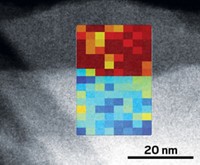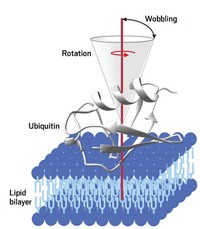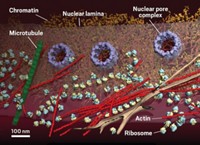Advertisement
Grab your lab coat. Let's get started
Welcome!
Welcome!
Create an account below to get 6 C&EN articles per month, receive newsletters and more - all free.
It seems this is your first time logging in online. Please enter the following information to continue.
As an ACS member you automatically get access to this site. All we need is few more details to create your reading experience.
Not you? Sign in with a different account.
Not you? Sign in with a different account.
ERROR 1
ERROR 1
ERROR 2
ERROR 2
ERROR 2
ERROR 2
ERROR 2
Password and Confirm password must match.
If you have an ACS member number, please enter it here so we can link this account to your membership. (optional)
ERROR 2
ACS values your privacy. By submitting your information, you are gaining access to C&EN and subscribing to our weekly newsletter. We use the information you provide to make your reading experience better, and we will never sell your data to third party members.
Analytical Chemistry
MRI On The Nanoscale
IBM scientists report the first nanometer-scale magnetic resonance imaging of a biological sample.
by Celia Henry Arnaud
January 19, 2009
| A version of this story appeared in
Volume 87, Issue 3

Scientists at IBM’s Almaden Research Center, in San Jose, Calif., report the first nanometer-scale magnetic resonance imaging of a biological sample. At such length scales, MRI could be used to image the three-dimensional structure of individual macromolecules and complexes, they note. Conventional MRI microscopy is limited to the micrometer scale. The IBM team, led by Dan Rugar, manager of nanoscale studies, improved the spatial resolution by combining magnetic resonance force microscopy (MRFM) with 3-D image reconstruction (Proc. Natl. Acad. Sci. USA, DOI: 10.1073/pnas.0806062106). MRFM is based on the mechanical measurement of ultrasmall magnetic forces between the nuclear spins in a sample and a nearby magnetic tip, which is scanned in three dimensions over the sample. The best spatial resolution previously achieved was 90 nm in 19F MRFM of inorganic samples. The IBM researchers extended the technology to biological samples and obtained 1H MRI images of tobacco mosaic virus particles with 4-nm resolution. Such a technique “would be complementary to other techniques, such as cryo-electron microscopy, and could develop into a powerful tool for structural biology,” the researchers write.





Join the conversation
Contact the reporter
Submit a Letter to the Editor for publication
Engage with us on Twitter